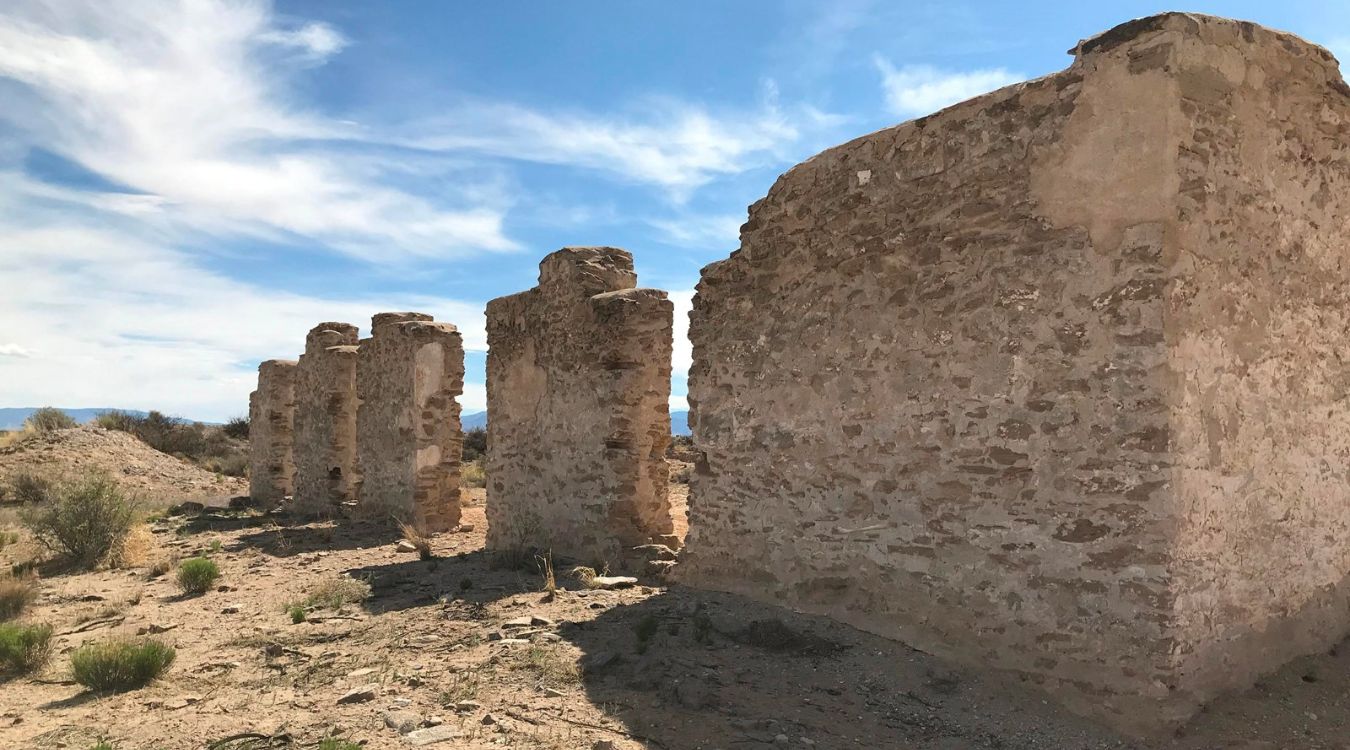Secrets Of New Mexico’s Fort Craig Adobe Structures

Have you ever wondered about the secrets of New Mexico's Fort Craig adobe structures? Located in the heart of the desert, Fort Craig stands as a testament to the past. Built in the mid-1800s, this historic site once played a crucial role in the defense of the American frontier. The adobe structures, made from a mix of mud and straw, have weathered the test of time. Walking through the ruins, you can almost hear the echoes of soldiers' footsteps and the distant sounds of battle. Whether you're a history buff or just curious, Fort Craig offers a fascinating glimpse into a bygone era.
Discovering Fort Craig's Adobe Structures
Fort Craig, located in New Mexico, is a treasure trove of history. This military post, established in the mid-19th century, played a significant role during the American Civil War. The adobe structures within the fort tell tales of soldiers, battles, and daily life. Let's explore some of these fascinating remnants.
The Commanding Officer's Quarters
The Commanding Officer's Quarters was the heart of Fort Craig. This building housed the leader of the fort and served as a hub for strategic planning and decision-making.
- Commanding Officer's House: This adobe structure was the largest and most elaborate building within the fort. It featured multiple rooms, including a parlor, dining room, and private quarters. The thick adobe walls provided insulation against the harsh New Mexico climate.
The Barracks
The barracks were where soldiers lived, slept, and prepared for their duties. These structures were essential for maintaining the fort's operational readiness.
Enlisted Men's Barracks: These long, rectangular buildings housed the enlisted soldiers. Each barrack could accommodate dozens of men, with rows of bunks lining the walls. The adobe construction helped keep the interior cool in summer and warm in winter.
Officer's Quarters: Separate from the enlisted men's barracks, these quarters provided more privacy and comfort for the officers. The adobe walls were often whitewashed to reflect sunlight and keep the interiors bright.
The Hospital
Medical care was crucial in a remote outpost like Fort Craig. The hospital was a vital structure, providing treatment for injuries and illnesses.
- Hospital Building: This adobe structure included a ward for patients, a surgery room, and a pharmacy. The thick walls helped maintain a stable temperature, which was important for patient recovery.
The Storehouses
Storehouses were essential for storing supplies, food, and ammunition. These buildings ensured that the fort remained well-stocked and ready for any situation.
Commissary Storehouse: This adobe building stored food supplies, including dried goods, canned foods, and fresh produce. The cool interior helped preserve perishable items.
Quartermaster's Storehouse: This structure housed military supplies, such as uniforms, weapons, and ammunition. The adobe walls provided protection against the elements and potential attacks.
The Guardhouse
Maintaining order and discipline was crucial in a military fort. The guardhouse served as a detention center for soldiers who broke the rules.
- Guardhouse: This small adobe building included cells for detaining unruly soldiers. The thick walls and sturdy construction ensured that prisoners could not easily escape.
The Parade Ground
The parade ground was the center of activity at Fort Craig. Soldiers drilled, paraded, and gathered for announcements in this open area.
- Parade Ground: Surrounded by adobe structures, this large open space was the heart of the fort. It served as a training ground and a place for ceremonies and gatherings.
The Chapel
Spiritual needs were also addressed at Fort Craig. The chapel provided a place for worship and reflection.
- Chapel: This adobe building was simple yet significant. It offered a space for soldiers to attend services, seek solace, and find a sense of community.
The Bakery
Fresh bread was a staple in the soldiers' diet. The bakery was an essential part of daily life at the fort.
- Bakery: This adobe structure housed large ovens for baking bread. The thick walls helped retain heat, ensuring that the ovens remained at the right temperature for baking.
The Blacksmith Shop
The blacksmith shop was crucial for maintaining equipment and horses. This structure was a hub of activity and craftsmanship.
- Blacksmith Shop: This adobe building included a forge, anvil, and various tools. The blacksmith repaired weapons, crafted metal items, and shod horses, ensuring that the fort remained operational.
The Stables
Horses were vital for transportation and communication. The stables housed these important animals.
- Stables: These adobe structures provided shelter for the fort's horses. The cool interiors protected the animals from the harsh sun and extreme temperatures.
The Legacy of Fort Craig
Fort Craig's adobe structures stand as a testament to New Mexico's rich history. These buildings, crafted from earth and water, have weathered time and tell stories of soldiers, settlers, and Native Americans. Visiting Fort Craig offers a unique glimpse into the past, allowing you to walk through history and feel the echoes of a bygone era.
Exploring these adobe structures, you can appreciate the ingenuity and resilience of those who built and lived in them. The fort's ruins provide a tangible connection to the 19th century, making it a must-see for history buffs and curious travelers alike.
Whether you're a local or a visitor, Fort Craig's adobe structures offer a fascinating journey into New Mexico's heritage. Don't miss the chance to experience this historical gem and uncover the stories etched into its walls.

